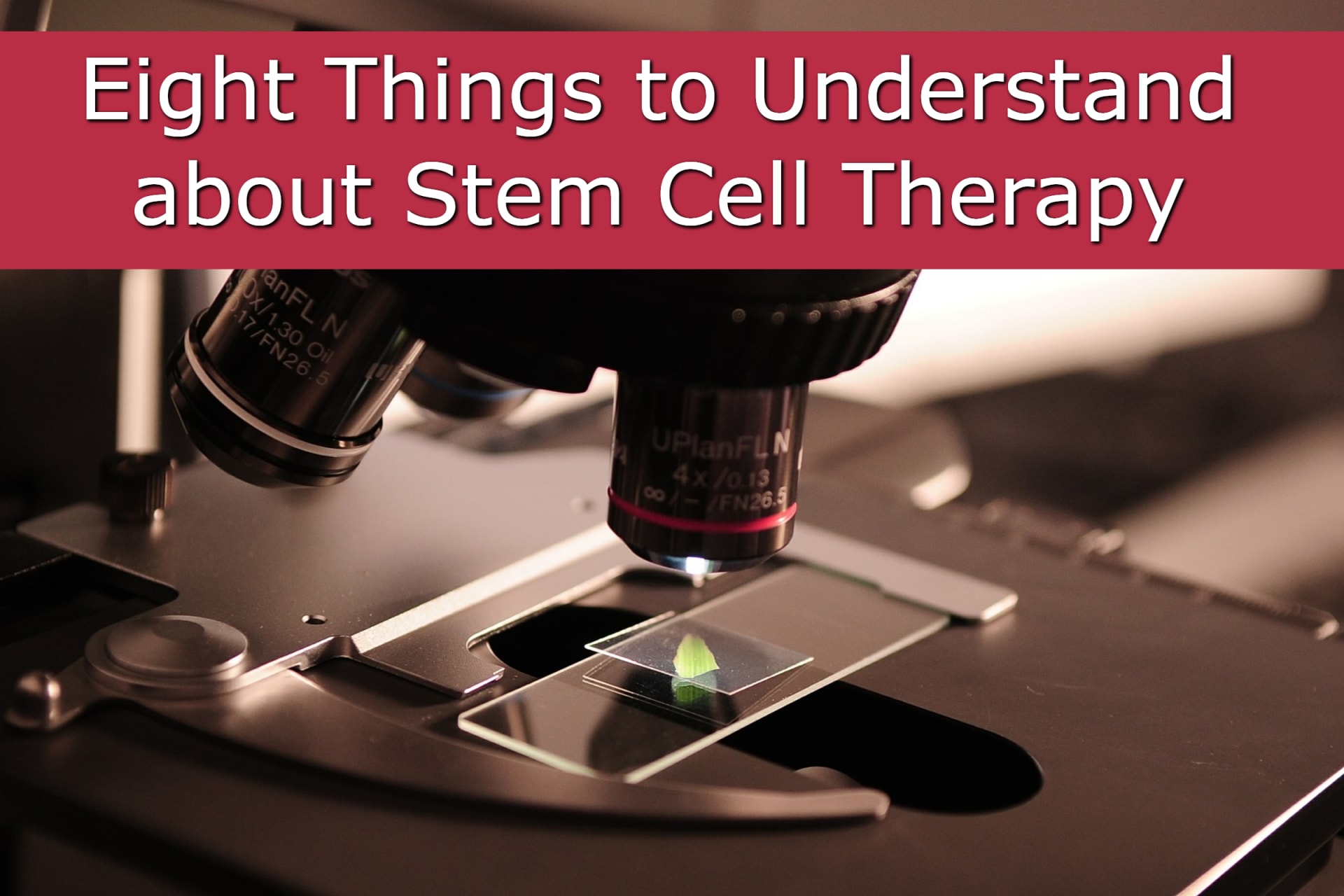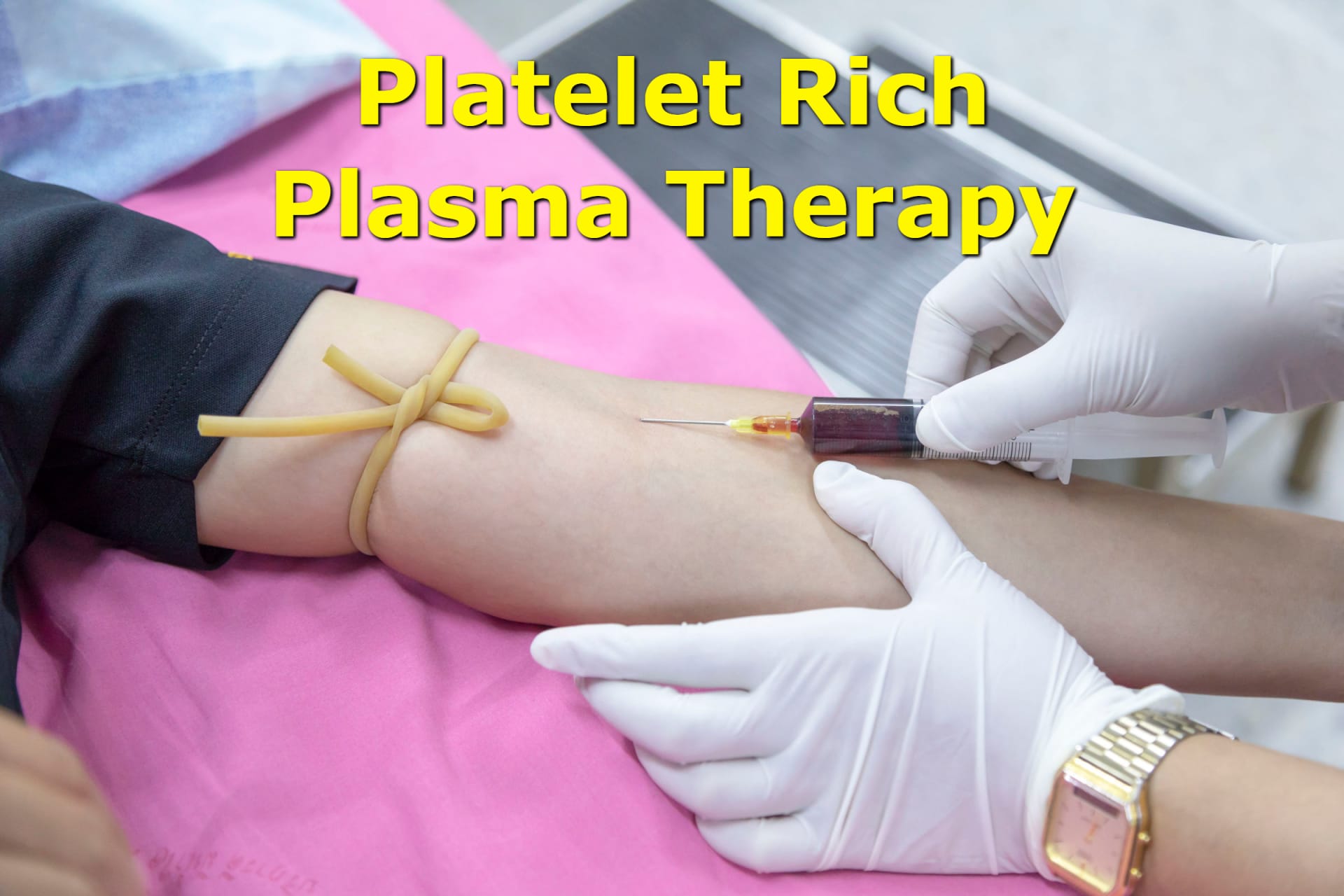A Primer on PRP Therapy: What it is and How it Works

The Top Eight Things to Know About Stem Cells
October 22, 2019
What Helps Fibromyalgia Flare Ups?
January 16, 2020Regenerative therapy is a process of replacing or regenerating human tissues and cells in order to regain proper functioning. It is one of the most talked about and promising breakthroughs of modern times. It can provide pain relief, better overall functioning, more rapid healing, and even an alternative to expensive and risky surgery. For some people, when thinking of regenerative therapy, stem cells immediately come to mind. It is a term often heard in the media. However, many people may not realize that there are actually several classifications of this type of therapy. This article will focus on Platelet Rich Plasma or PRP.
What is PRP Therapy?
To understand PRP therapy, it is first necessary to understand its component parts, namely plasma and platelets. While human blood may appear like a simple liquid red mass to most of us, it is actually made up of many parts. Platelets are the part of the blood that promote the clotting of blood and healing. Platelets are also referred to as thrombocytes. Plasma, on the other hand, is the liquid or fluid portion of the blood. It is colorless and is a carrier for red and white blood cells, and also platelets.
PRP therapy, in simple terms, is a process that involves taking tubes of a patient’s blood, concentrating the platelets, and using them to promote natural healing in areas of the body such as tendons, joints, muscles, organs, and ligaments. Injecting these platelets into the damaged tissue stimulates cell growth to repair the injury.
Will PRP Therapy Work for Me?
PRP therapy is a treatment that uses the patient’s own blood so it less risky than many other available treatment options. Many of the conditions treated with this type of therapy were previously only treated with medications, physical therapy, or even surgery. PRP therapy can now potentially provide another option.
It works for a wide variety of ailments and injuries, including osteoarthritis, tennis elbow, and Achilles tendinosis. It is also used to treat injured muscles, tissue, and other tendon injuries, including many sports related injuries. In addition, it can reduce inflammation and stop bleeding. Treatments have also been successful on rotator cuff tears and ligament injuries in the knee. It can even promote hair growth. With so many widespread uses for PRP, it’s a good idea to consult your medical provider to see if it might work for you!
What is the Procedure for PRP Therapy and How Does it Work?
The procedure begins with a clinician drawing blood from the patient’s arm. The clinician places the blood into a machine called a centrifuge, which is a piece of equipment that separates the blood into its component parts by density. Some of the white and red blood cells are often removed, leaving the platelets and plasma behind. The platelets and plasma are then spun together to make a concentrated batch of platelets, which can produce concentrations of growth factor five to ten times greater than normal. The end result is PRP or Platelet Rich Plasma.
After the concoction is ready, local anesthetic numbs the area. Then the medical professional injects the PRP into the injured tissue or muscle. Sometimes, ultra-sound helps guide the clinician to the affected area, helping to ensure the platelets reach the target. Patient’s are usually advised to avoid exercising the area for a brief period after the injection. It may take up to several injections before relief is noticeable, contingent upon the type of injury and the extent.
Depending on the procedure used during the centrifuge process, different types of PRP can be created. Some blends may be better for different conditions, and can be manipulated for a specific purpose. For instance, when you remove a higher number of platelets from the plasma it makes PPP or Platelet Poor Plasma. The remaining mixture consists of cytokines, growth factors, and proteins. Cytokines are a key component of cells comprising the immune system.
Another type of PRP results from the destruction of platelet cell membranes. This occurs by freezing and thawing the plasma. This is called Platelet Lysate or PL. This mixture has a higher amount of cytokines and growth factors.
Are There any Risks or Drawbacks Associated with PRP Therapy?
Since PRP therapy platelets are directly from the body of the patient who will be using them, the risk of cross infection and potential allergic reaction is not a concern. As with any injection, however, there is always a small risk of pain, bleeding, or infection.
While PRP therapy is an attractive option for many, insurance doesn’t always cover the procedure. This is why it’s so important to speak with your medical provider and insurance company to check coverage before beginning treatment. If your insurance provider does not cover PRP therapy, ask your medical team if there are other payment options they may be aware of to help with the cost. Additionally, there are subsets of patient’s who aren’t candidates for PRP therapy. Check with your healthcare team to determine if PRP therapy is right for you.
Under the right conditions, PRP therapy can provide a welcome alternative to other traditional solutions for a superior and more rapid healing environment for damaged or injured tissues, organs, muscles, etc. It can sometimes eliminate the need for expensive and risky surgery and reduce chronic pain. All of this results in patients being able to reclaim their lives and get back to work, school, or sports sometimes much faster than anticipated.
If you want to learn more about PRP therapy, please contact Integrated Pain Relief at (940) 566-3599 today. Their team of experts can provide detailed information and work with you to develop a solid plan for your individual needs. Pain relief can be just a short phone call away.

